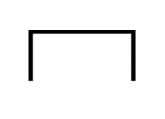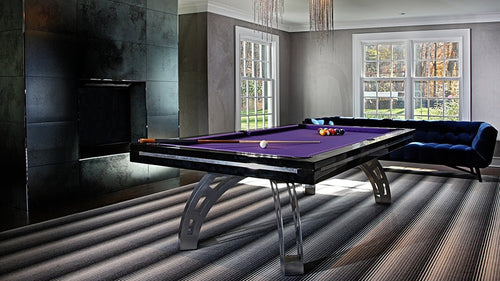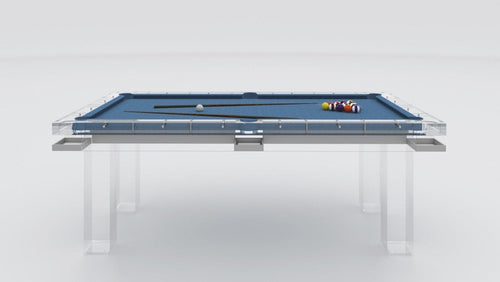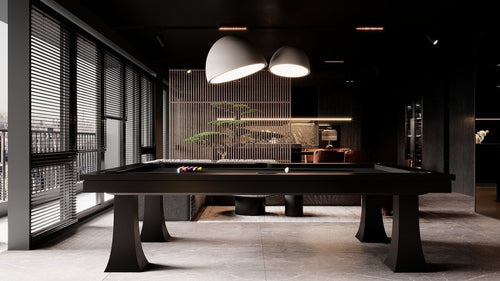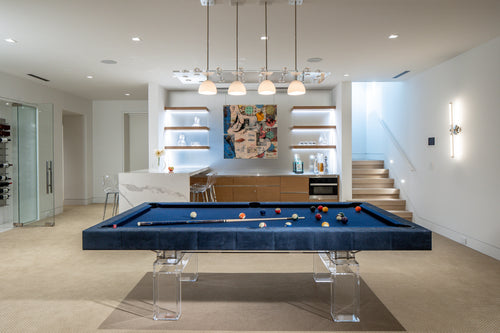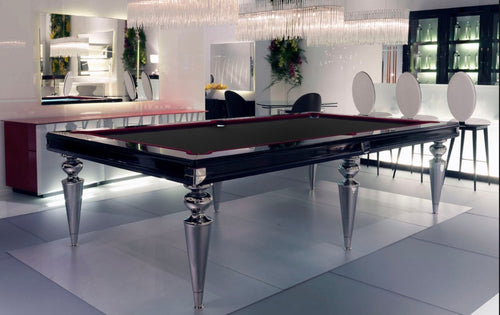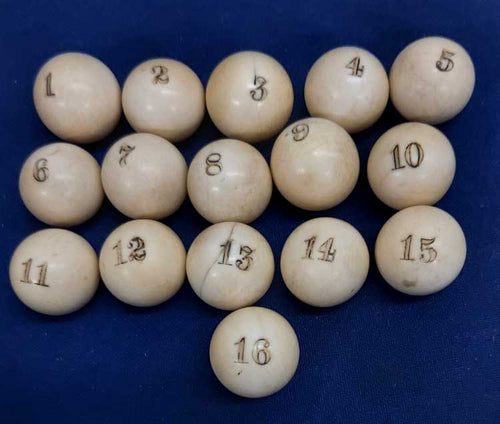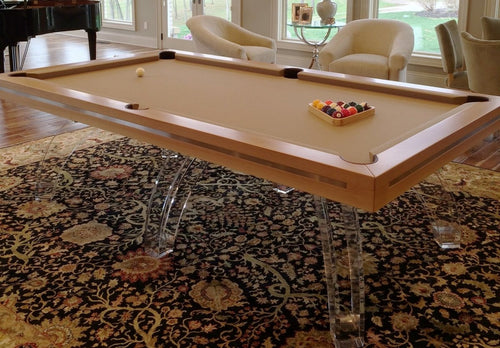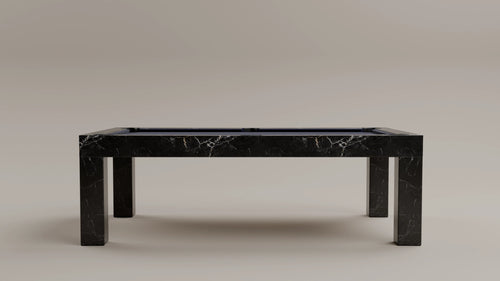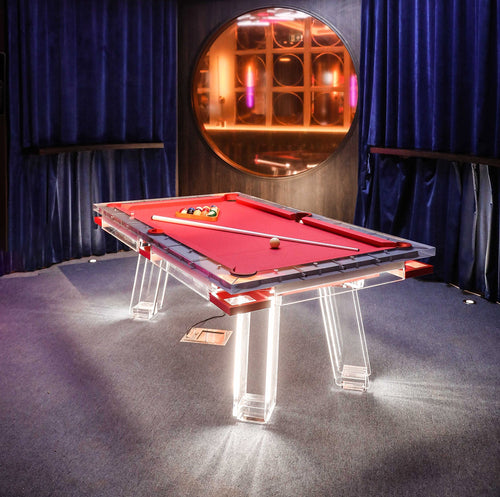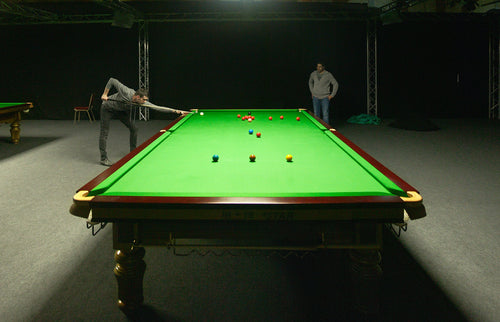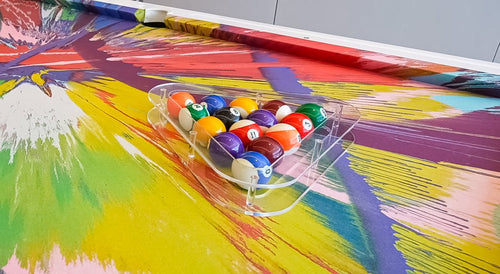Enjoy our modern designs
What is a Bank Shot?
A bank shot in billiards is when a cushion (rail) becomes part of the shot’s path. Whether you’re driving the object ball into a rail before pocketing it or having the cue ball rebound off a cushion to hit the object ball, bank shots showcase a player’s mastery of geometry and control. They’re essential for pocketing balls that aren’t directly accessible, expanding your shot-making arsenal while sharpening your understanding of angles and table geometry.
Table of Contents
Historical Background

Bank shots weren’t always reliable. Before the mid-19th century, inconsistent cushions made rebounds unpredictable. With the introduction of vulcanized rubber in the 1850s, banks became a consistent, strategic element of the game. By the 1930s, the game variant known as Bank Pool—where every scoring shot had to be a bank—had emerged. Over time, players like Eddie “The Knoxville Bear” Taylor pushed the limits of bank-shot artistry, turning a once gimmicky move into a fundamental part of high-level play.
Technical Breakdown

How Bank Shots Work
The basic principle is simple: the angle in equals the angle out. Visualize the target point on the rail that will direct the ball into the pocket.
Aiming and Angle
Align the object ball’s path so that the rebound sends it toward the pocket. A helpful tip is to imagine a mirror line on the rail—ensuring the entry and exit angles are equal.
Speed and Spin
The force of your shot directly affects the rebound. A harder stroke flattens the rebound angle, while a softer shot opens it up. Adding a bit of sidespin can further adjust the rebound, making your bank shot more precise.
Common Mistakes
Over-hitting can shorten the rebound angle and cause a miss, while under-hitting may let friction alter the shot. Extreme angles can introduce unexpected spin, and varying cushion conditions—from lively new rails to worn ones—can also affect your shot.
Execution Tips
Stand steadily and aim as if the rail were a mirror. Start with medium-speed strokes for a predictable rebound, and adjust your force and spin as needed to fine-tune the shot.
Strategic Applications
- Bypassing Obstacles: Use a bank to navigate around balls blocking your direct path.
- Position Play: A bank shot can not only pocket a ball but also place the cue ball in a favorable position for your next move.
- High-Risk, High-Reward: In tight spots, a well-executed bank shot can be a game-changer, turning a challenging layout into a winning opportunity.
- Defensive Plays: Banks aren’t solely offensive; they can also help reposition the cue ball and snooker your opponent.
Conclusion
The bank shot is a blend of physics and finesse, transforming table rails from obstacles into allies. Mastering this move expands your ability to recover from tough layouts and win frames when direct shots aren’t an option. Consistent practice on different tables is key—once you trust your angles and adjust for speed and spin, even the most “impossible” shots become routine magic.
Practice your angles, trust the geometry, and soon you’ll bank like a pro.

